What are the differences between the new Switch 2 and the first generation Switch (LCD or OLED)? The Switch 2 brings a number of welcome improvements, but despite a substantial price increase, it doesn't do better than the Switch 1 in some areas.
- Summary of the spec sheet differences between the Switch 2 and the Switch 1
- Design: a more mature design for the Switch 2
- Screen: not OLED, but 1080p
- Performance: the biggest technological leap between the Switch 1 and the Switch 2
- Autonomy: the black spot of the Switch 2?
- Storage: 8 times more internal memory
- GameChat: the big new system
- Controllers, camera: new accessories for the Switch 2
- Games: Switch 2 exclusives from launch
- Price: the Switch 1 is much less Dear
- Comments
The wait was unbearable, Nintendo finally presented its Switch 2, of which we now know most of the characteristics. With this successor, the manufacturer remains faithful to the hybrid design that made the success of the first generation of its console. But, eight years after the release of the Switch 1, it also brings a large number of new features to improve its formula. What are the differences between the two consoles? What are the developments brought by the Switch 2? Our comparison helps you see more clearly.
Summary of the differences in technical specifications between the Switch 2 and the Switch 1
| Nintendo Switch 1 | Nintendo Switch 2 | |
|---|---|---|
| Dimensions | 102 × 239 × 13.9 mm (with Joy-Con attached) | 116 × 270 x 14 mm (with Joy-Con attached) |
| Weight | 297 g (398 g with Joy-Con attached) | Approximately 400 g (Approximately 530 g with Joy-Con 2 attached) |
| Screen | - 6.2" - LCD capacitive touch screen - 1280 × 720 pixels | - 7.9" -LCD capacitive touch screen - 1920 x 1080 pixels (Full HD) - 120 frames/s - HDR |
| Chip | Custom NVIDIA Tegra | Next generation custom NVIDIA Tegra (presumably an NVIDIA T239 chip with ray tracing and DLSS) |
| Internal memory | 32 GB | 256 GB |
| Memory expansion | - Yes, via a microSD, microSDHC and microSDXC | - Yes – microSD Express only (supports new high-speed cards) - incompatible with traditional microSD/HC/XC cards (based on available data) |
| Wireless Connectivity | - Wi-Fi (IEEE 802.11 a/b/g/n/ac) - Bluetooth 4.1 - On the dock, a wired network connection is possible via a LAN adapter (sold separately). | - Wi-Fi 6 (802.11ax, 2.4/5 GHz, 80 MHz channel) - Bluetooth (n.c. version) - NFC (built-in Amiibo reader) - Ethernet port built into the dock |
| Video Output | 1920 × 1080 pixels (Full HD 1080p) at 60 fps | - up to 3840 × 2160 pixels at 120 fps on compatible games |
| Audio | - Stereo (built-in speakers) | - Stereo (enhanced built-in speakers - Microphone for Game Chat mode |
| Ports | 1 × USB Type-C port (used for charging or docking) | - 2 × USB Type-C ports (new: one port on the bottom + one port on the top of the console, usable for charging and docking/peripherals) |
| Audio jack | - Yes | - Yes |
| Battery | 4310 mAh (internal, non-removable) | 5220 mAh (internal, non-removable) removable) |
Design: A more mature design for the Switch 2
The first generation of Switches isn't particularly renowned for its hardware reliability. Nintendo is well aware of this and probably wants to avoid user dissatisfaction and customer service repairs again with the new model. This includes the Joy-Con, whose joysticks should be more durable and less prone to drift on the Switch 2. The two controllers also attach to the console's body magnetically, whereas they had to be slid into the chassis on the first Switch. This small detail will add comfort and help prevent mishandling.
The left and right sticks of the Joy-Con 2 controllers are a little larger. It will be easier for players to rest their thumbs on them. Nintendo also claims that the joysticks are quieter and easier to move. Also with the goal of improving user comfort, the L and R buttons are now longer, while the SL and SR buttons are larger. This will make the controls even more precise when the Joy-Con 2 is held horizontally.
Unlike the first Joy-Con, the Switch 2's Joy-Con can be used as a mouse. Sensors are located on the colored edge of each Joy-Con 2. Simply place them facing down and slide the device across a flat surface to play as if you were holding a mouse in compatible titles. Management and strategy games will greatly benefit from this (Civilization VII, for example, will be available day one).
The manufacturer also promises that HD rumble 2 provides more intense and precise tactile feedback than on the original Switch. On the security side, the strap has been redesigned. It attaches and detaches with the touch of a button, for greater convenience when using motion controls.
The kickstand on the back of the device has also been redesigned. Used to use the console in tabletop mode, it offered a precarious balance on the Switch 1. Now U-shaped, it is more solid, offers much better stability and seems more durable. It's also more flexible, giving access to new tilt angles (over 150 degrees) to better adapt to all situations.
Nintendo has added a second USB-C port to the Switch 2. In addition to the socket at the bottom of the console, there is a connector on the top. This is used to connect an accessory (like the new camera, we'll come back to that) or to charge the console while using it in tabletop mode.
Screen: not OLED, but 1080p
The most obvious change is the display size. The screen diagonal goes from 6.2 inches on the first Switch or 7 inches on the Switch OLED to 7.9 inches for the Switch 2. Nintendo is integrating LCD backlight technology into its new console, a choice that may raise eyebrows given that an OLED model was available for the first generation. As a reminder, OLED provides deeper blacks, almost infinite contrast and more accurate colorimetry.
So that users don't feel like they're going backwards, Nintendo is still increasing the definition to Full HD (1920 x 1080 pixels), compared to simple HD (1280 x 720 pixels) for the Switch 1. This improvement was all the more necessary since the Switch 2 would have significantly lost pixel density if it had remained at 720p, given the larger screen size. Additionally, HDR is absent from the first Switches, but is available on the Switch 2, for better contrasts and a more vivid image.
The screen refresh rate can reach 120 Hz on the Switch 2, allowing you to play at up to 120 frames per second, where the 60 Hz screen of the Switch 1 cannot can only support 60 frames per second. Variable refresh rate (VRR) also helps prevent screen tearing on the Switch 2.
Read also: I played the Nintendo Switch 2 early and this unexpected detail pleasantly surprised me
Performance: the biggest technological leap between the Switch 1 and the Switch 2
It's obviously in the area of performance that the Switch 2 is most anticipated. Already not very powerful upon its release, the Switch 1 has become increasingly limited from a technical point of view, restricting game developers in their field of action. Nintendo is once again relying on a custom Nvidia Tegra chip, this time with a much finer engraving. Pending tests, it's difficult to estimate how much more powerful it is than the old version, but the gap should be abysmal.
In docked mode, playing on a television, it is capable of displaying a 4K definition (3,840 x 2,160 pixels), which the Switch 1 does not offer. A great step forward, even if this 4K is locked at 60 frames per second. An intermediate QHD mode (2,560 x 1,440 pixels) allows access to 120 fps for a configuration balanced between quality and performance. DLSS, Nvidia's flagship technology, is here.
Beyond the SoC, the station The Nintendo Switch 2 docking station has a built-in fan. A cooling solution that will also help maintain stable performance. What also makes us say that the Switch 2 is much more powerful than the Switch 1 is simply the arrival of very technically demanding games on the new console, like Cyberpunk 2077 or Star Wars Outlaw, which could not run properly on the previous generation. In addition, Switch 1 games will be entitled to their Switch 2 version with graphical improvements.
On the audio side, Big N promises a “more natural, clearer, and better balanced” sound, whether you play with the built-in speakers or with earphones or headphones. Also mentioned is a “more immersive three-dimensional sound”.
Autonomy: the black point of the Switch 2?
The battery capacity of the Switch 2 is 5,220 mAh, compared to 4,310 mAh for the Switch 1. We also expect better energy efficiency from the console thanks to its new chip with finer engraving. But with the power boost and the screen's probably more important consumption, will the battery life be up to par?
Nintendo announces that the Switch 2 can last between 2 and 6.5 hours depending on use, a rather disappointing range. This is roughly the same as for the first Switch 1 models, whose serial number begins with XA (battery life between 2.5 and 6.5 hours), and well below the Switch 1s that followed and whose serial number begins with XK (battery life between 4.5 and 9 hours) or the Switch OLED (battery life between 4.5 and 9 hours). Further battery life testing will tell us more about this.
Nintendo estimates the standby recharge time to be around 3 hours, regardless of the Switch model.
Storage: 8 times more internal memory
With 256GB of storage space, the Switch 2 is much more generous than the Switch (32GB) or the Switch OLED (64GB). This amount should allow for more games to be installed directly onto the console, although we can also expect a substantial increase in the size of the games in return. Nintendo also states that the Switch 2's storage is faster, which can improve in-game performance and reduce loading times.
Game cards (cartridges) are the same format across both generations. They are recognizable by a black outline on Switch 1 and a red outline on Switch 2. Transfer speeds on Switch 2 game cards, however, are faster. To expand storage, it is still possible to use microSD cards. Note that the Switch 2 no longer supports microSDHC and microSDXC standards; only the more powerful microSD Express standard is compatible.
GameChat: the big new system feature
In terms of features, Nintendo has focused heavily on GameChat. And yes, that's what the much-talked-about C button is for. You can communicate with your contacts via the console's built-in microphone, which filters out ambient noise, and even monitor their screen in real time. This feature works even when users aren't in the same game. GameChat is available for free until March 31, 2026. You'll need to be a Nintendo Switch Online subscriber after this date to benefit from it.
Controllers, camera: new accessories for the Switch 2
A Switch 2 Pro Controller accompanies the new console. It has two customizable controls on the back, GL and GR, which are very useful for certain types of games. It also features the famous C button also present on the Joy-Con. Otherwise, it is very similar to the first Switch 2 Pro Controller. Aesthetically, Nintendo has opted for a matte black finish, with the upper part (at the trigger level) changing to white. A GameCube controller for Switch 2 is also planned.
But the big attraction on the peripheral side is the new external camera. This allows you to film yourself playing or simply chat via video. In-game features could also take advantage of it. It is also possible to connect another compatible camera via USB-C. Then, it's classic with a Joy-Con 2 charging stand, a Joy-Con 2 wrist strap, Joy-Con 2 steering wheels, the possibility of investing in a second docking station, an AC adapter or even carrying pouches, like for the Switch 1.
Games: Switch 2 exclusives from launch
At PlayStation and Xbox, there are a lot of cross-gen games at the arrival of a new generation. The Switch 2 will get some big exclusives quickly, with Mario Kart World, which we already got our hands on, available as soon as the console was released, and Donkey Kong Bananza, expected a few weeks later. Third-party publishers are also taking advantage of the Switch 2's power to bring games that could hardly be supported on the Switch: Elden Eing, Hogwarts Legacy, Cyberpunk 2077, Star Wars Outlaws, Street Fighter 6... Finally, the majority of the Switch 1 catalog is backward compatible with the Switch 2.
Nintendo announced a mysterious 007 game for the Switch 2, as well as an exclusive multiplayer title developed by From Software whose artistic direction strongly recalls a certain Bloodborne. Finally, GameCube games will fill the Nintendo Switch Online catalog. The first titles available are The Legend of Zelda: The Wind Waker, Soulcalibur 2, F-Zero GX, Super Mario Sunshine, Mario Smash Football, Fire Emblem Path of Radiance, Chibi-Robo, Luigi Mansion, Pokémon XD: Breath of Darkness and Pokémon Colosseum. 1200px" class="wp-caption aligncenter">
Price: the Switch 1 is much cheaper
The Switch 2's price announcement came as a shock: €469.99 for the console alone and €509.99 for the Mario Kart World bundle. At such a price, the Switch 2 can no longer truly be considered a family console, especially since the games are also seeing their prices increase: up to €90 for the physical version and up to €80 for the digital version. In addition, Nintendo is limiting the possibilities of lending or selling its physical games second-hand, as some of them will be sold without a cartridge, with a simple download code inside the box. The Nintendo Switch 1 sold for €329 upon its release, the Switch OLED for €349. They are now available at a lower price.

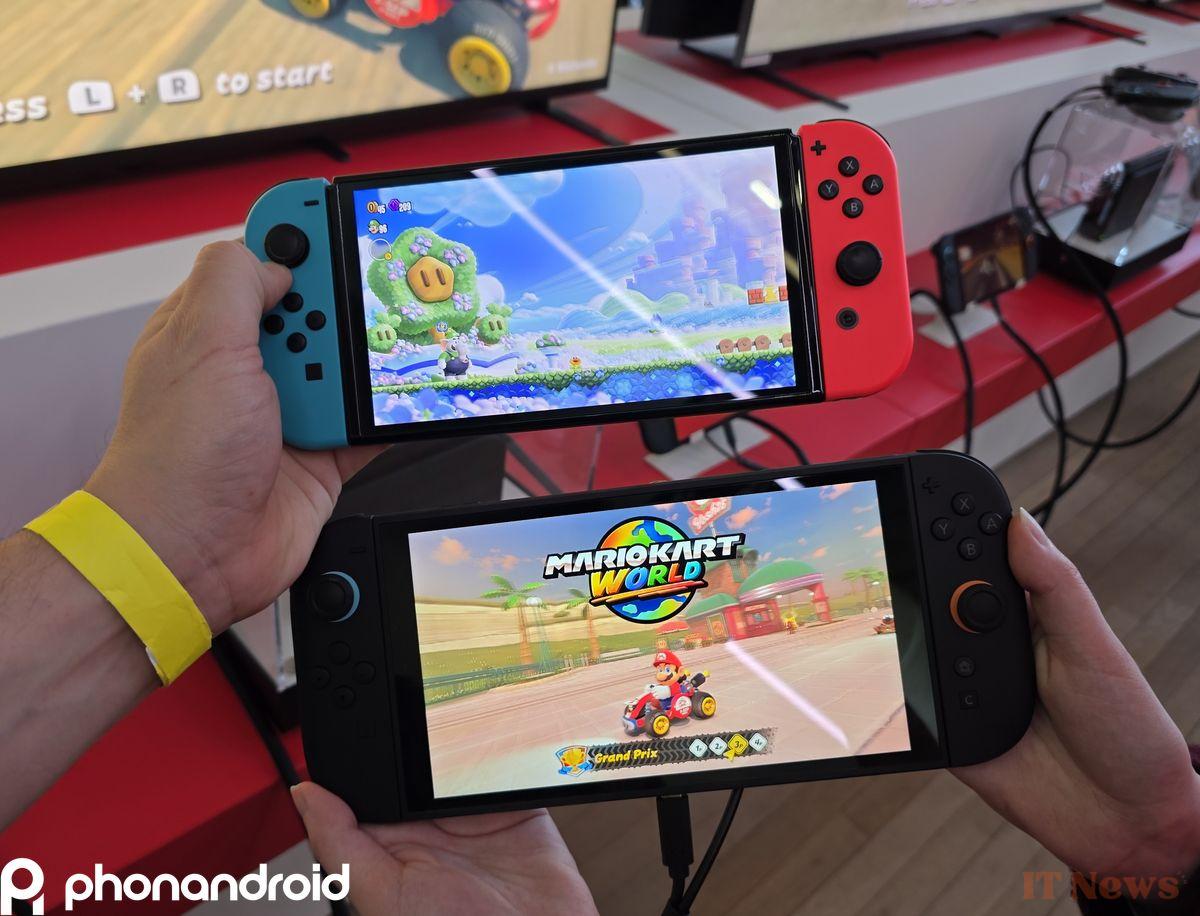

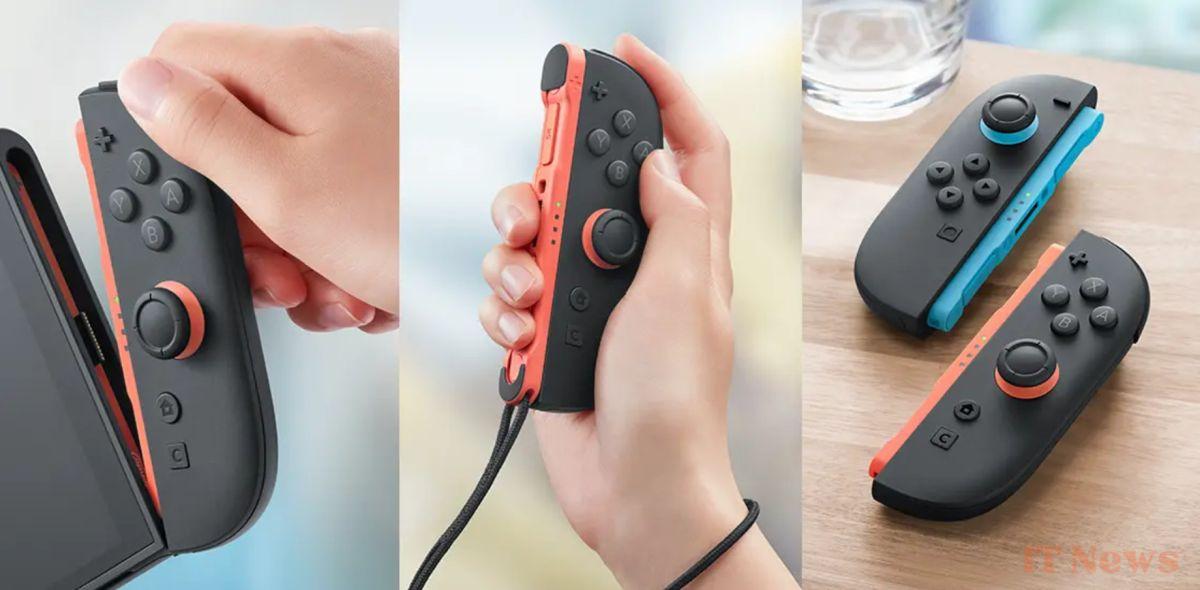

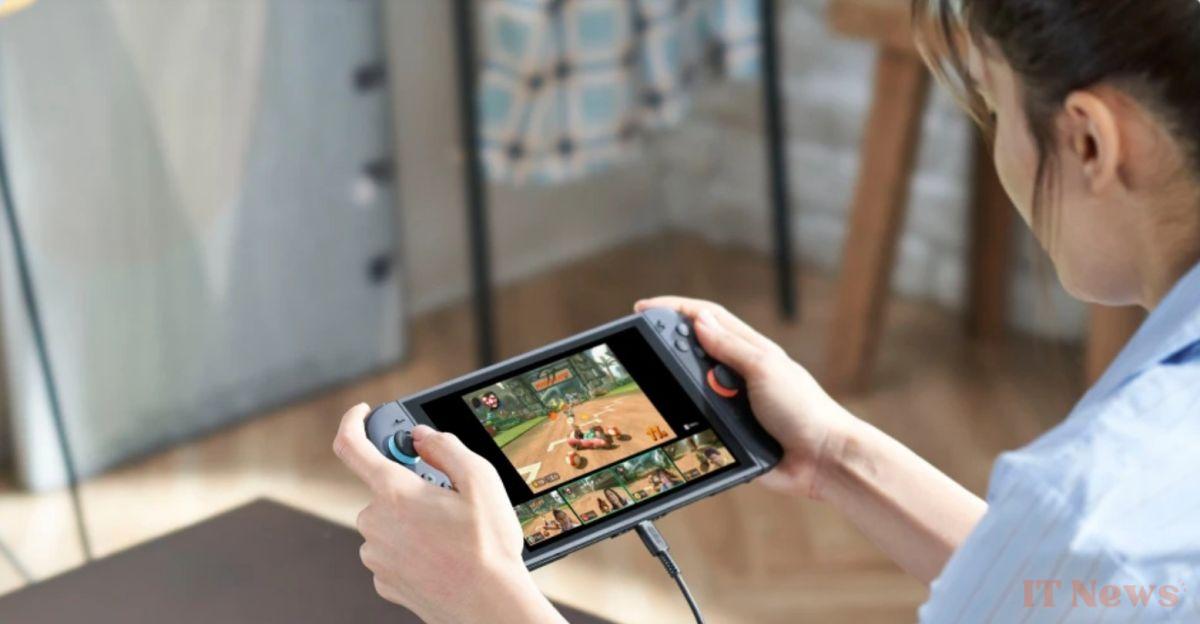
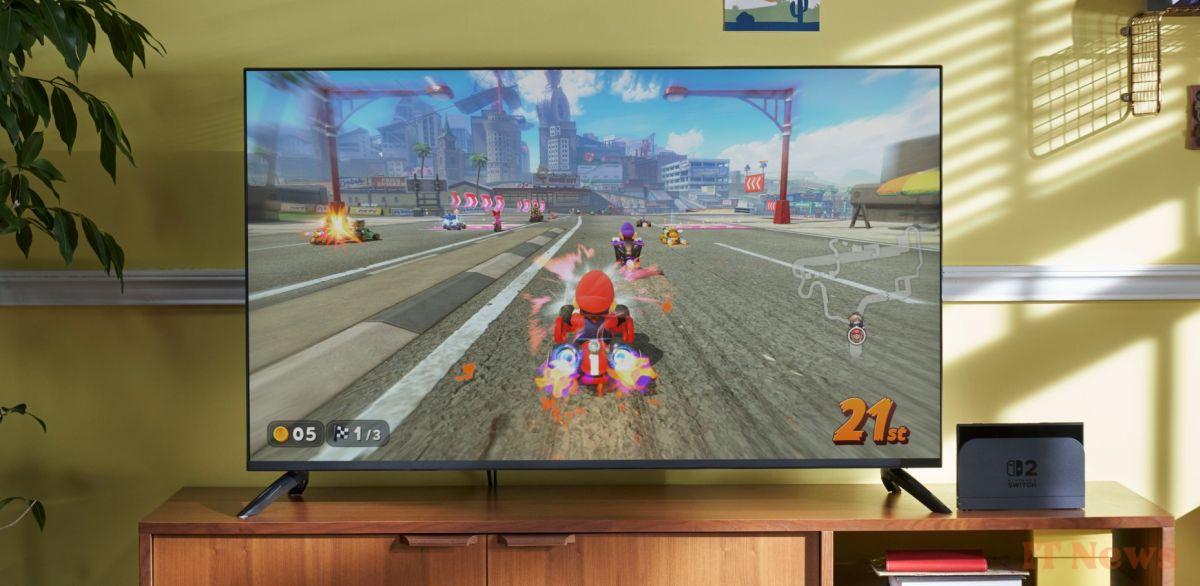

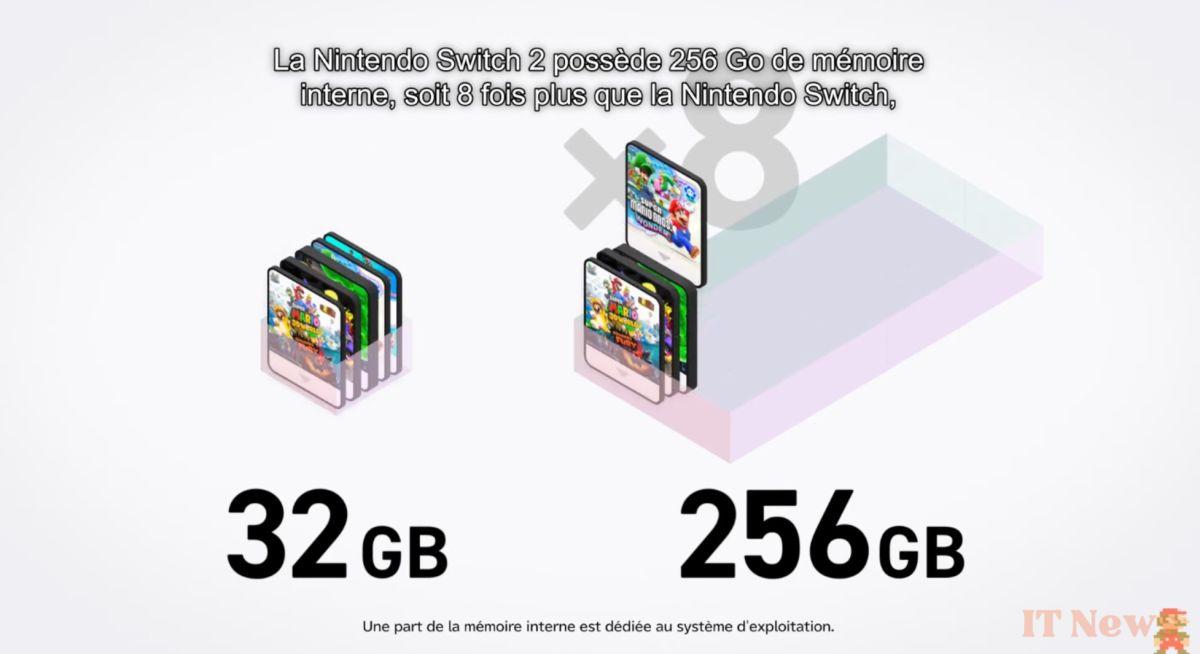
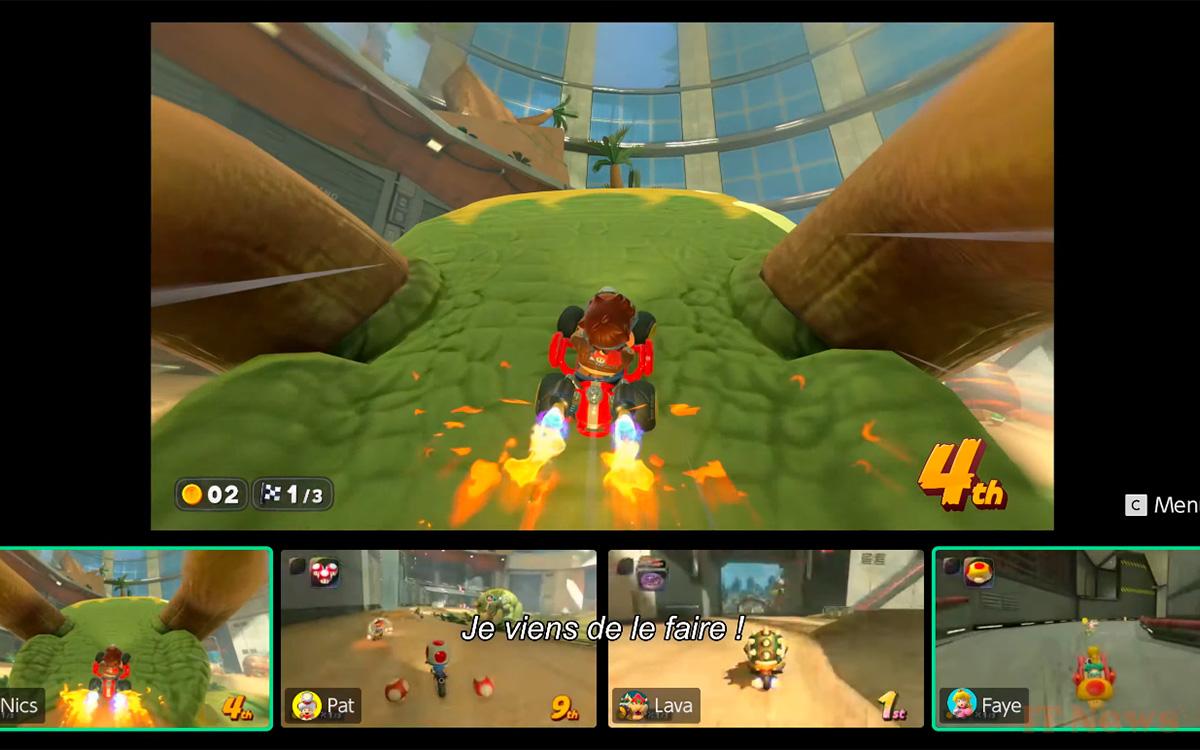
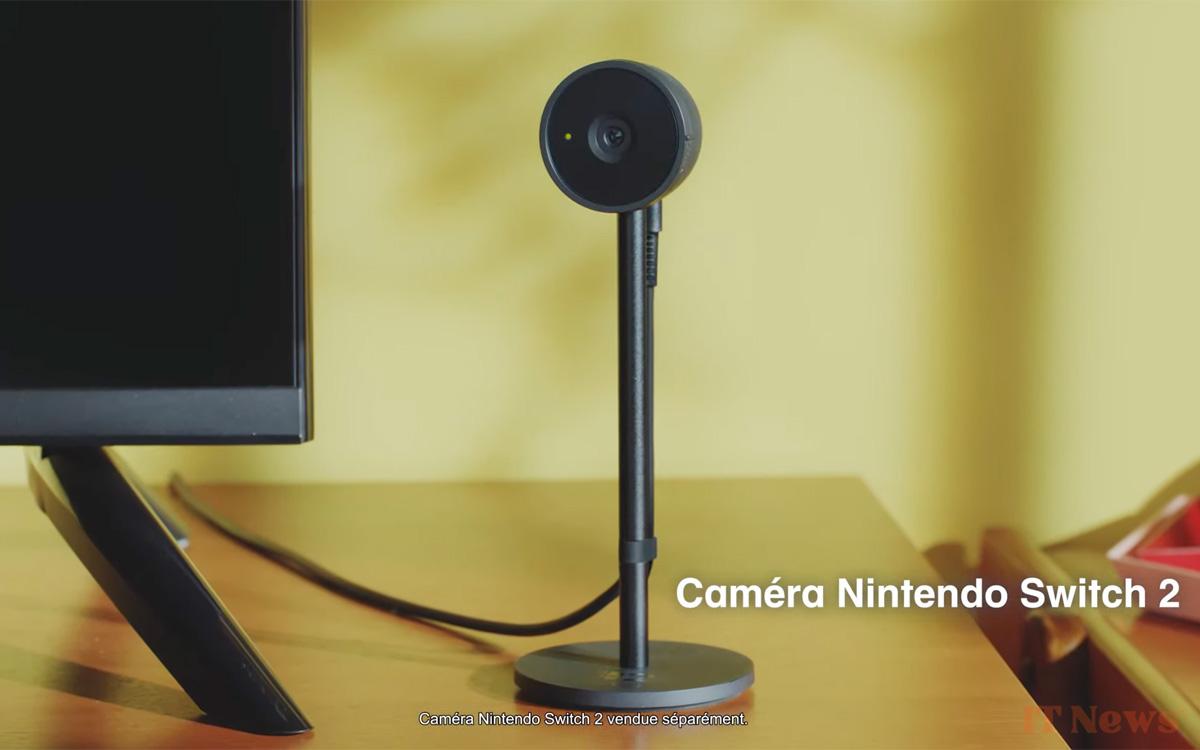
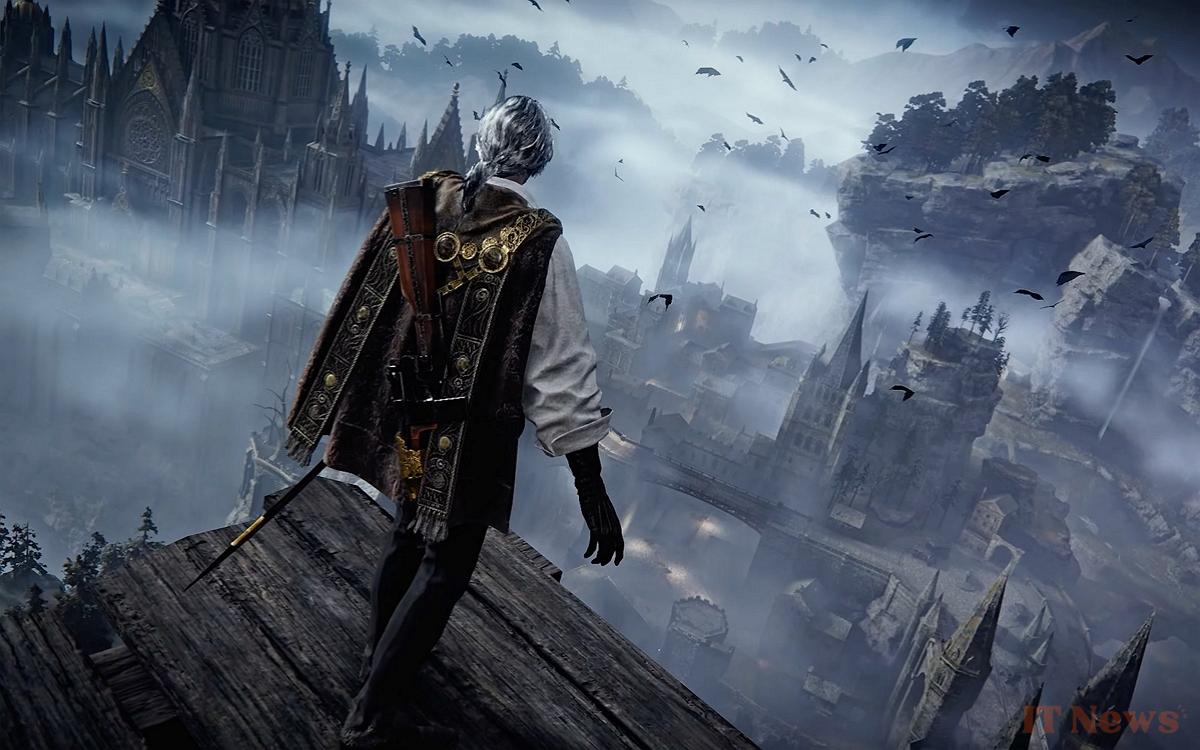
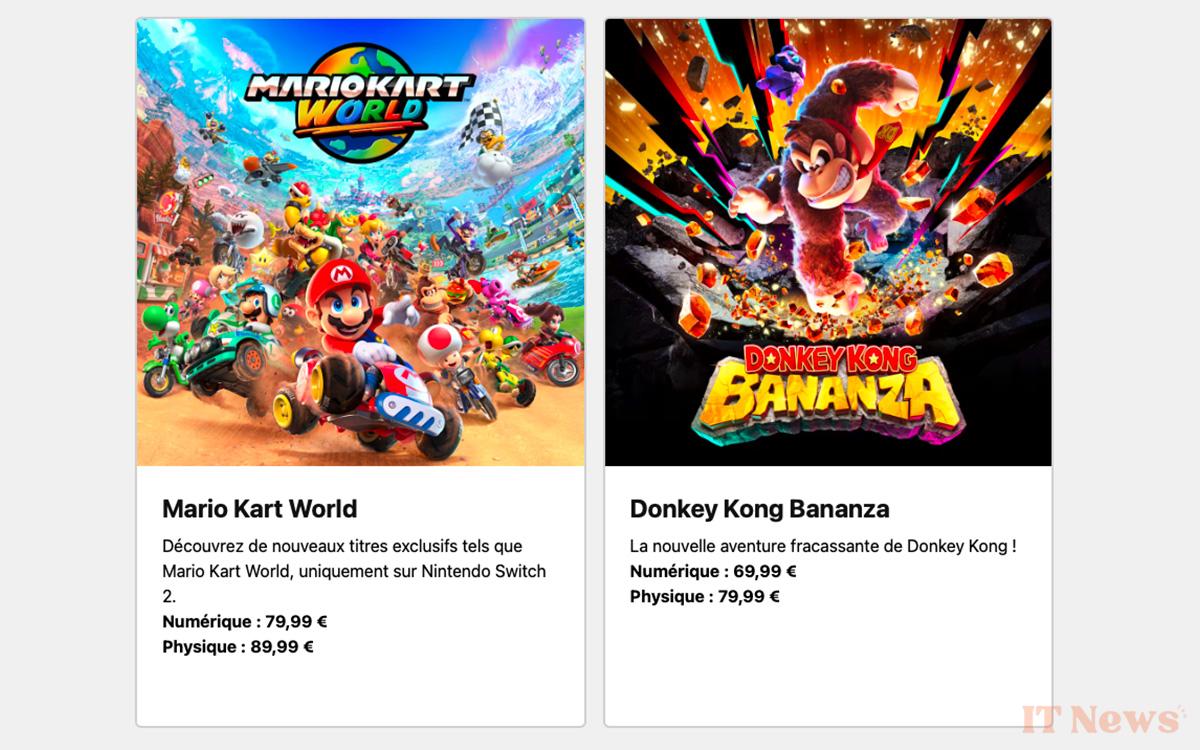

0 Comments